Get World Bank St Payment Request Form
The World Bank's ST Payment Request form is a critical tool designed for short-term consultants and temporaries (STCs/STTs), facilitating the online submission of payment requests directly through the ST Request site. This innovation not only streamlines the payment process by enabling automated entry and approval but also enhances the tracking of payment statuses while ensuring the confidentiality of sensitive information with a secure passkey system. Especially in locales where internet access might be limited, traditional methods like Form 2370 or Request for Payment (RFP) are still accepted, ensuring that all STCs/STTs can efficiently manage their payments regardless of their working environment.
Open World Bank St Payment Request Editor Now
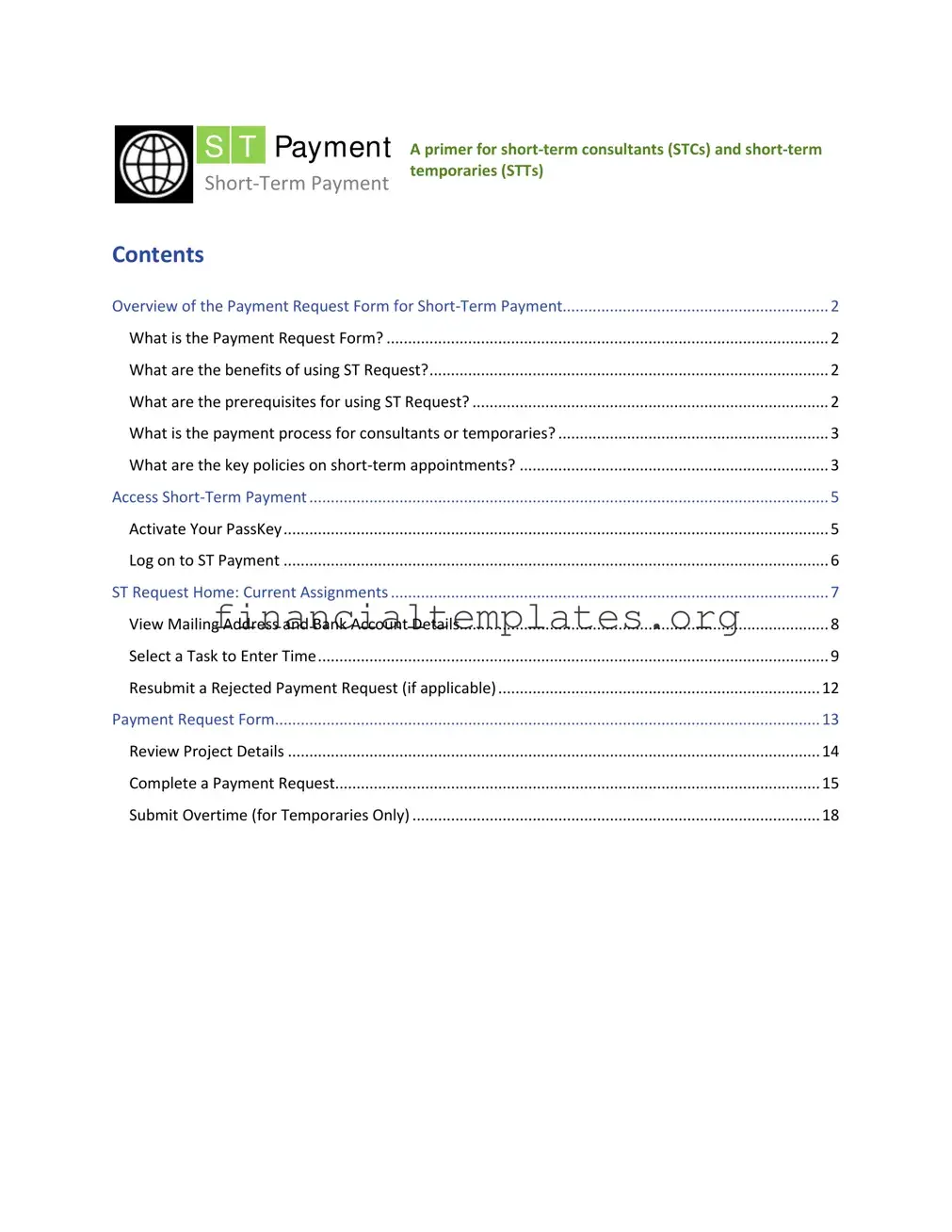



 Payment
Payment In countries where web access is limited (for example, remote areas or fragile states), Form 2370 or Request for Payment (RFP) will continue to be accepted. Approval of the task team leader (TTL)/ reviewer is required. The administrative contact then creates a service entry sheet (SES) in SAP. The SES is automatically routed to the approving manager.
In countries where web access is limited (for example, remote areas or fragile states), Form 2370 or Request for Payment (RFP) will continue to be accepted. Approval of the task team leader (TTL)/ reviewer is required. The administrative contact then creates a service entry sheet (SES) in SAP. The SES is automatically routed to the approving manager.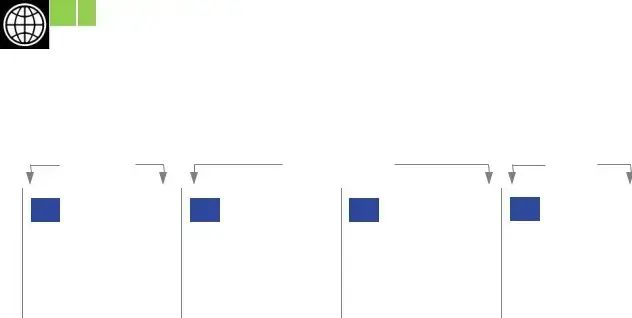
 Payment
Payment Payments cannot be processed for any work done before the start date in the contract.
Payments cannot be processed for any work done before the start date in the contract.
 Payment
Payment
 Payment
Payment Reset your password immediately for security reasons.
Reset your password immediately for security reasons. The PassKey site automatically:
The PassKey site automatically: Access to the ST Payment system is tied to the start and end dates of your contract.
Access to the ST Payment system is tied to the start and end dates of your contract.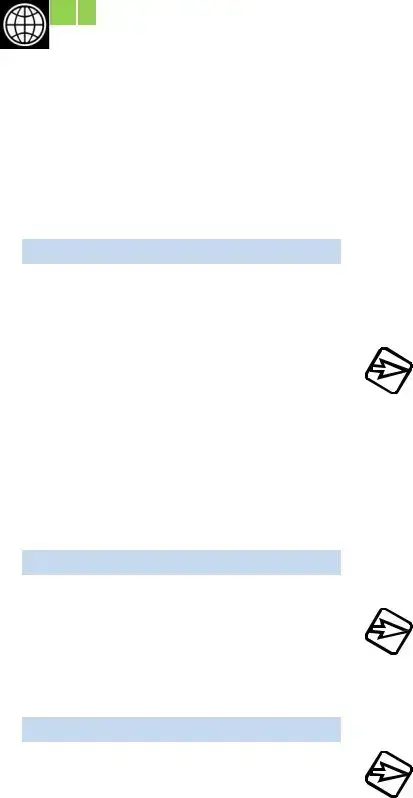
 Payment
Payment Access is tied to the start and end dates of your contract.
Access is tied to the start and end dates of your contract.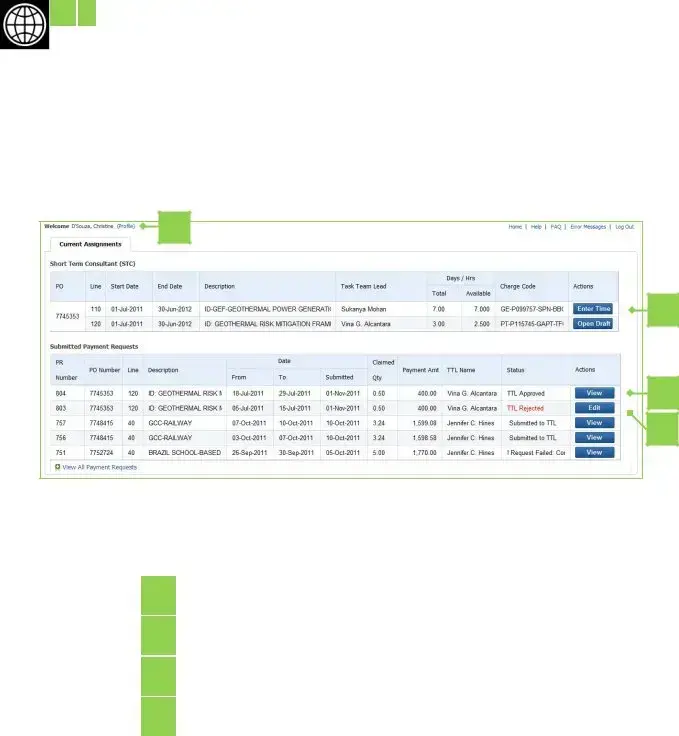
 Payment
Payment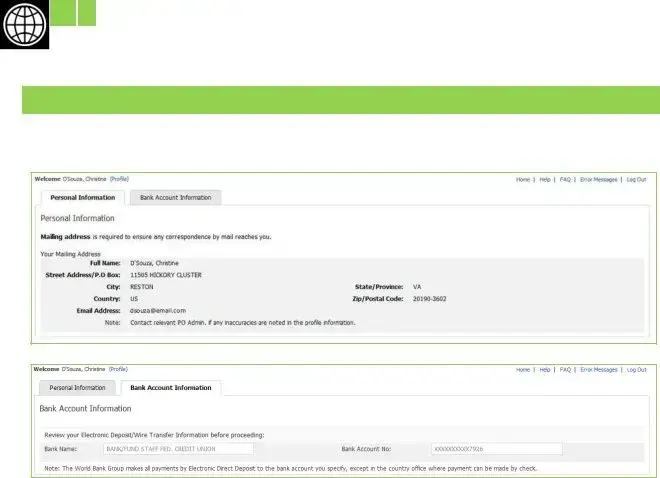
 Payment
Payment For security reasons, the last four digits of your
For security reasons, the last four digits of your 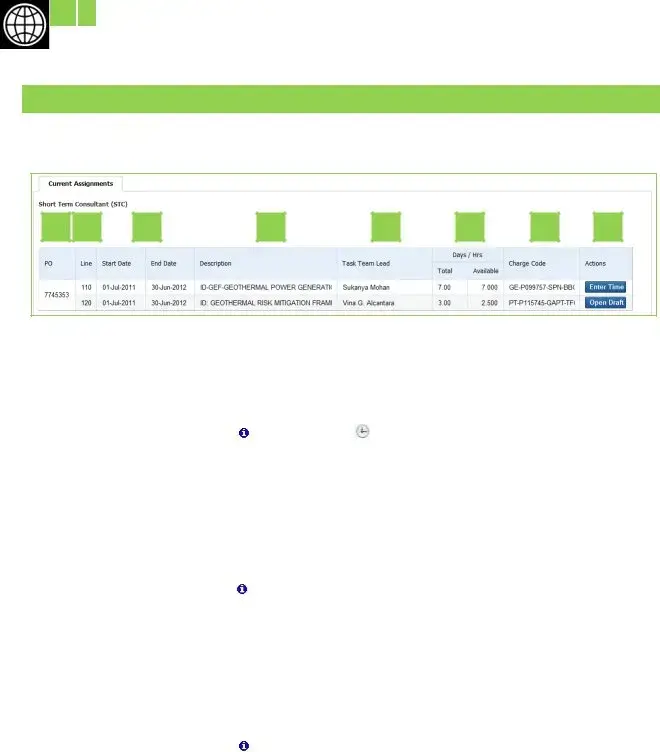
 Payment
Payment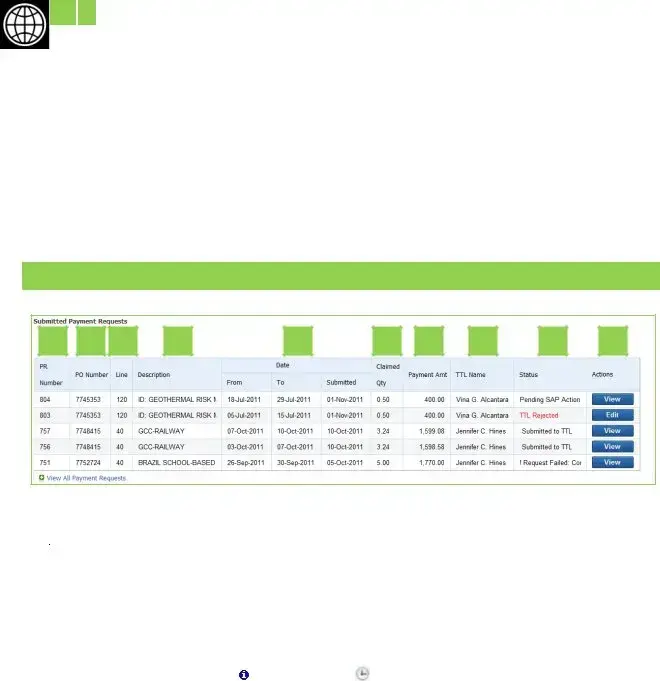
 Payment
Payment For additional information, check with the administrative contact listed in your Letter of Appointment.
For additional information, check with the administrative contact listed in your Letter of Appointment.